Is Ibogaine in Mexico Safe for Trauma? A Full Guide

Living with trauma can feel like being haunted by the past, with triggers and emotional pain affecting every part of daily life. For many, traditional therapies provide some relief, but for others, the deepest wounds remain. This has led many to look for alternative paths to healing. One such path that is gaining significant attention is Ibogaine therapy. But what is it, and how is Ibogaine used for trauma therapy in Mexico? Unlike conventional treatments, Ibogaine offers a unique approach. It's an intense, introspective journey that many describe as a "life review," allowing them to confront and re-process traumatic memories from a detached, objective perspective.
This isn't a treatment you'll find at your local doctor's office in the United States or Canada. Due to its legal status, people travel to countries like Mexico, where clinics operate in a specialized (though unregulated) environment. These centers provide medically supervised sessions designed to maximize safety and therapeutic potential. The process involves more than just the Ibogaine session itself; it includes thorough medical screening beforehand and vital psychological support, known as integration, afterward. This integration is key to making sense of the experience and applying the insights gained to create lasting change.
Understanding this trauma treatment in Mexico is about looking beyond the substance and seeing the complete therapeutic process. It's a significant decision, and it's important to understand the risks, the benefits, and what the experience actually involves. This guide aims to answer all the pressing questions you might have about using psychedelic therapy for trauma, specifically focusing on the use of Ibogaine in the clinical settings found in Mexico.
What exactly is Ibogaine and where does it come from?
Ibogaine is not a synthetic drug; it's a naturally occurring alkaloid. For generations, the Bwiti people of Gabon and Cameroon have used the iboga plant in initiation rites and healing rituals. They consider it a sacred medicine that allows them to communicate with ancestors and gain profound spiritual insight.
In the 20th century, Westerners discovered its unique properties. While it's most famous for its remarkable ability to interrupt substance use disorders, its powerful effects on the psyche have made it a subject of interest for treating other deep-rooted conditions, including trauma and PTSD. The Ibogaine used in clinics is typically an extract, known as Ibogaine HCL, which allows for precise and predictable dosing.
Why do people go to Mexico for Ibogaine trauma therapy?
In the U.S., Canada, and many European nations, Ibogaine's Schedule I (or equivalent) status places it in the same category as heroin, meaning it's deemed to have no accepted medical use and a high potential for abuse. This classification effectively bans all research and therapeutic application, despite a growing body of anecdotal evidence and preliminary studies suggesting its potential.
Mexico exists in a different legal landscape. While not an *approved* medication, Ibogaine is not *illegal* or controlled in the same way. This legal gray area has allowed for the establishment of numerous Ibogaine clinics in Mexico, particularly in coastal areas like Rosarito and Cancun. These centers cater to international clients, offering a proximity to the U.S. that makes it a more accessible option than traveling to other countries where it might be available, like Costa Rica or New Zealand.
Is Ibogaine therapy legal in Mexico?
It's crucial to understand that these clinics are not part of the mainstream Mexican healthcare system. Because there is no official oversight, the quality and safety standards can vary dramatically from one center to the next. Some Ibogaine clinics in Mexico are state-of-the-art facilities with full medical teams, while others may be little more than a room in a house with untrained staff.
This is why the responsibility falls heavily on the individual to do their homework. Choosing a safe and reputable clinic is the single most important factor in having a positive and safe experience. This unregulated environment is both the reason the treatment is accessible and the reason it carries significant risk if not approached with caution.
How does Ibogaine actually help with trauma and PTSD?
On a neurochemical level, research suggests Ibogaine may promote the production of GDNF (Glial-Derived Neurotrophic Factor), a protein that helps protect and grow new neurons. This can be thought of as helping to "repair" brain pathways damaged by trauma and creating a period of heightened neuroplasticity, or the brain's ability to reorganize itself. This "window" after treatment is when new, healthier thought patterns can be formed.
Psychologically, the Ibogaine experience is often described as a "life review." It is not typically a euphoric or "fun" experience. Instead, it presents a rapid-fire slideshow of one's life events, particularly those with strong emotional significance. For someone with trauma, this means revisiting the source of their pain, but in a state that feels more like an observer than a participant. This separation allows for new insights and a "re-filing" of the memory, stripping it of its power to trigger a fight-or-flight response in the present.
What happens during an Ibogaine therapy session for trauma?
The experience is generally broken into three phases:
- The Acute Phase (4-8 hours): This is the most intense visionary phase. Users often experience a flood of memories, images, and insights. Movement is difficult (a condition called ataxia) and nausea is common. The focus is entirely internal.
- The Introspective Phase (8-20 hours): After the visions subside, a long period of deep thinking and emotional processing begins. This is where the therapeutic "work" is often done, as the person reflects on the insights from the first phase.
- The Residual Stimulation Phase (24-72+ hours): After the main experience, most people feel mentally stimulated but physically exhausted. Sleep is difficult. This is the beginning of the integration period, where the brain is highly neuroplastic.
Throughout this entire process, in a safe clinic, a nurse or doctor is present. They will be checking heart rate, blood pressure, and oxygen saturation. This medical oversight is non-negotiable for safety.
Is Ibogaine therapy safe? What are the risks?
This cannot be overstated: Ibogaine is not for everyone. The primary danger lies in its effect on the heart. Individuals with any pre-existing heart condition, or even an unknown one, are at high risk. This is why any reputable clinic will deny treatment to someone with an abnormal EKG (electrocardiogram) or a history of heart problems.
Other risks include interactions with other medications (like SSRIs, which must be stopped well in advance), seizures, and liver or kidney complications. All known fatalities associated with Ibogaine have occurred when these contraindications were ignored, when safety protocols were not followed, or when it was taken in an unsafe, unsupervised setting. A safe clinic manages these risks by screening patients out and monitoring them in real-time.
What is the screening process for Ibogaine treatment in Mexico?
The screening process is your first and best indicator of a clinic's quality. If a clinic is willing to accept you without a thorough medical workup, you should not go there. Here's what a proper screening entails:
- Medical History Questionnaire: A detailed form covering your physical and mental health history.
- EKG (Electrocardiogram): This is non-negotiable. A 12-lead EKG must be reviewed by a doctor (ideally a cardiologist) to rule out Long QT syndrome or other arrhythmias.
- Lab Work: Blood tests to check liver and kidney function are crucial, as these organs are responsible for processing and eliminating the Ibogaine from your body.
- Psychiatric Evaluation: A discussion of your mental health history to screen for contraindications like schizophrenia or bipolar disorder, which Ibogaine can worsen.
How much does Ibogaine trauma therapy cost in Mexico?
It's tempting to shop for the lowest price, but this is one area where "you get what you pay for" is critically true. A cheaper center may cut corners on essential safety measures, such as 24/7 medical staffing, emergency equipment, or thorough pre-screening. The cost typically covers the entire stay, which can range from 7 to 14 days.
Here is a general breakdown of what you can expect at different price points for a trauma treatment in Mexico using Ibogaine:
| Feature | Basic Clinic ($5,000 - $8,000) | Mid-Range Clinic ($8,000 - $12,000) | Premium Center ($12,000 - $15,000+) |
|---|---|---|---|
| Medical Staff | On-call doctor, 24/7 nursing staff | On-site doctor during treatment, 24/7 advanced nurses | 24/7 on-site medical team, cardiologist consultation, ACLS-certified |
| Facilities | Shared room, basic amenities | Private room, comfortable facilities | Luxury private suite, holistic amenities (yoga, massage) |
| Length of Stay | 7-10 days | 10-14 days | 14+ days with extended integration |
| Integration Support | Basic follow-up calls | 1-2 integration sessions included | Comprehensive pre- and post-therapy program |
What is 'integration' after Ibogaine therapy and why is it important?
Ibogaine is not a "magic pill" that "cures" trauma on its own. It's more accurate to say it opens a powerful door. The experience provides you with a new perspective and a "clean slate" due to heightened neuroplasticity. Integration is the work you do to build new, healthy patterns on that slate.
This process should begin at the clinic with therapists or coaches and continue for weeks or months after you return home. It involves:
- Talking about your experience to help you understand it.
- Identifying core beliefs and patterns that were revealed.
- Developing new coping mechanisms for triggers.
- Setting realistic goals for your new life path.
Without proper integration, the profound insights of the Ibogaine journey can fade, and old traumatic patterns can easily return.
How is Ibogaine different from other psychedelic therapies like psilocybin or ayahuasca?
Here’s a simple comparison:
- Ibogaine: Lasts 12-36 hours. Intensely introspective and analytical. Often physically difficult (nausea, ataxia). Provides a detached, panoramic review of one's life.
- Psilocybin: Lasts 4-6 hours. Often emotionally rich, fostering feelings of connection, love, and spiritual insight. Can be very gentle or very challenging, but is more "feeling-based."
- Ayahuasca: Lasts 4-6 hours. Often involves physical purging (vomiting). Tends to be highly visual, symbolic, and is often experienced as a "feminine" or "nature-based" spirit.
The choice between them depends on the individual's needs, medical safety, and therapeutic goals. Ibogaine's unique strength seems to be in its "life review" aspect, which can be profoundly effective for reprocessing past events.
What kind of trauma can Ibogaine help with?
The "life review" aspect of Ibogaine therapy seems particularly suited for C-PTSD, as it allows the person to see the connections between their past experiences and their present-day behaviors and triggers. By observing these patterns from a non-emotional state, they can begin to untangle them.
It's also important to note the strong link between trauma and addiction. Many people use substances to self-medicate the pain of their trauma. Ibogaine's dual ability to interrupt addiction and address its root psychological causes makes it a unique option for this specific co-occurring disorder.
What are the success rates of Ibogaine for PTSD?
The legal status of Ibogaine in most of the world has severely limited formal research. The evidence base is currently built on:
- Anecdotal Reports: Decades of personal testimonies from people who have undergone the treatment.
- Observational Studies: Small-scale studies where researchers follow up with patients who received treatment at a clinic. One such study in Mexico on special operations veterans showed significant reductions in PTSD, depression, and anxiety.
While this is promising, it's important to maintain a realistic perspective. Success is highly dependent on the individual, the quality of the clinic, and, most importantly, the commitment to post-treatment integration.
How long do the effects of Ibogaine therapy last?
Ibogaine provides a "window of opportunity" by disrupting old, rigid patterns of thought and behavior. This window of neuroplasticity is when the real work begins.
If a person returns to their old environment and habits without a plan, the trauma-based patterns will eventually re-establish themselves. If, however, the person actively builds a new life—with new coping mechanisms, therapy, and healthy habits—the insights gained from the Ibogaine session can serve as the new, stable foundation for the rest of their life.
What should I look for in a safe Ibogaine clinic in Mexico?
Here is a safety checklist to use when vetting Ibogaine clinics in Mexico:
- Mandatory Screening: Do they require an EKG and blood work? If not, do not go.
- Medical Staff: Is there a doctor on-site or at least on-call? Is there 24/7 nursing staff? Are they ACLS (Advanced Cardiac Life Support) certified?
- Emergency Equipment: Do they have a heart defibrillator (AED) and other emergency equipment on-site?
- Clear Communication: Are they transparent about their protocols, risks, and procedures? Do they answer all your questions directly?
- Integration Program: Do they have qualified therapists or coaches? Is integration part of the package, or an afterthought?
- Reviews and Testimonials: Can you speak to past clients? What is their reputation?
What is the difference between Ibogaine and Iboga?
In the traditional Bwiti context, the entire Iboga root bark is consumed. Some clinics also prefer to use a TA extract, believing the other alkaloids provide a more holistic or spiritual experience.
However, the vast majority of modern Ibogaine clinics in Mexico use Ibogaine HCL. The primary reason for this is safety and predictability. Dosing with Ibogaine HCL is precise, as the exact milligram amount is known. With whole root bark or TA, the concentration of Ibogaine can vary from plant to plant, making dosing less accurate and potentially increasing risks.
Are there any medical conditions that prevent Ibogaine use?
Ibogaine is a powerful substance that puts significant stress on the body. A safe clinic will refuse treatment to anyone with the following conditions:
- Any active heart condition (arrhythmia, recent heart attack, heart failure)
- A "Long QT" interval on an EKG
- Severe hypertension (high blood pressure)
- Impaired liver or kidney function
- A history of seizures or stroke
- Active psychiatric conditions like schizophrenia, psychosis, or bipolar disorder (can trigger mania)
Furthermore, you must be off many prescription medications, especially SSRIs and certain heart medications, for several weeks before treatment. This must be done under a doctor's supervision.
How should I prepare for an Ibogaine treatment?
Good preparation sets the stage for a successful therapy.
- Medical Prep: Get your EKG and blood work done early. Be 100% honest on your medical forms. A small omission could be fatal.
- Mental Prep: This is key for trauma. Spend time journaling. What do you want to heal? What questions do you have for yourself? This is called "setting an intention." Understand that the experience will be challenging, not fun.
- Physical Prep: In the weeks before, eat clean, hydrate well, and get as much rest as possible. Treat your body well.
- Logistical Prep: Plan for at least a week off after you return home, before you go back to work. You will be tired and will need time to process.
What does the Ibogaine experience feel like?
While everyone's journey is unique, common themes include:
- Life Review: Watching your life's events pass by like a high-speed movie, but from a third-person perspective.
- Detachment: Being able to look at your most painful memories without the usual sting of pain, fear, or shame.
- Physical Discomfort: The body feels very heavy, and many people experience nausea and vomiting. This is why you are lying down in a dark, quiet room.
- Mental Clarity: In the second phase, an overwhelming sense of clarity and understanding about your life's patterns.
Many describe it as "10 years of therapy in one night." It is a difficult process, but one that can provide profound breakthroughs for those struggling with deep trauma.
Ready to Explore Your Healing Options?
Making a decision about your health and healing is a significant step. If you're considering medical treatments abroad, it's vital to have a trusted partner.
Explore your options with PlacidWay, a leader in global medical tourism. We can help you connect with vetted healthcare providers and clinics around the world to find the right solution for your unique journey.

.png)
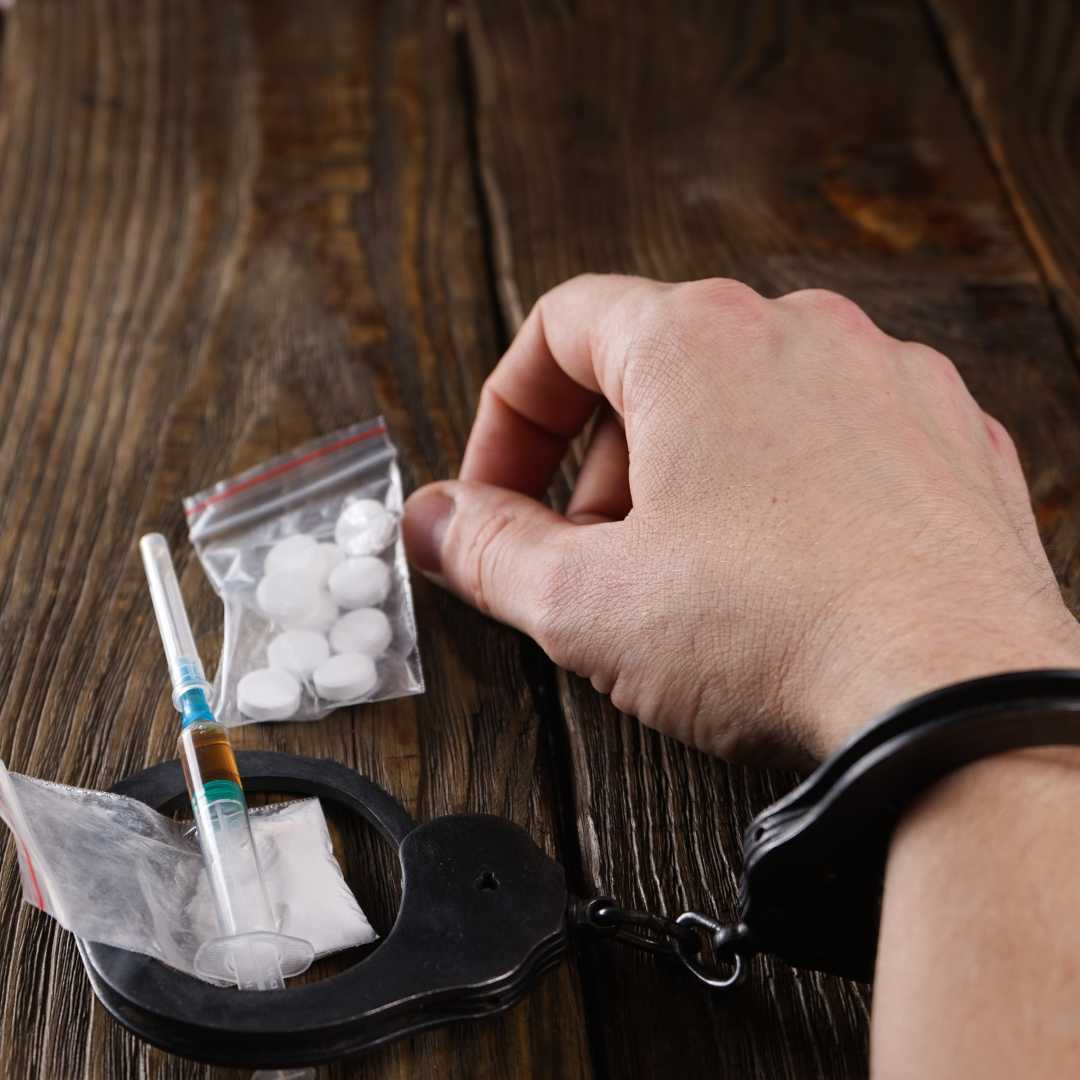



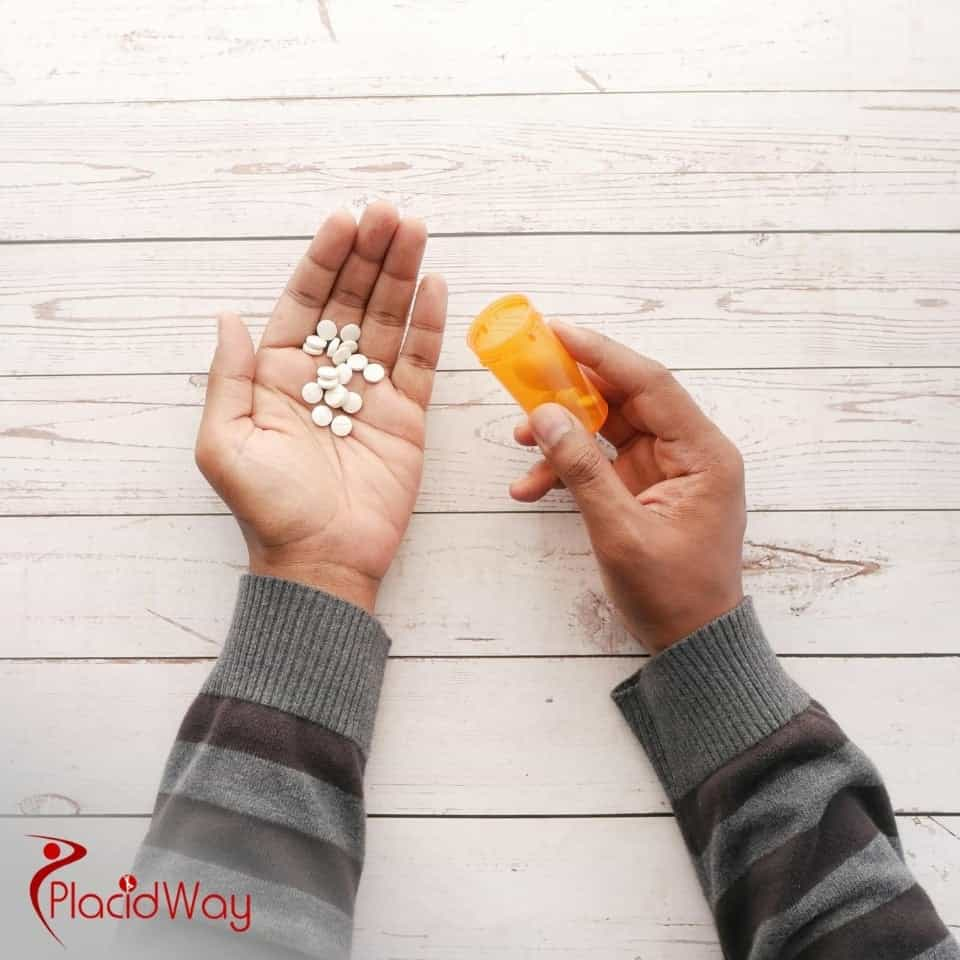
.png)
.png)
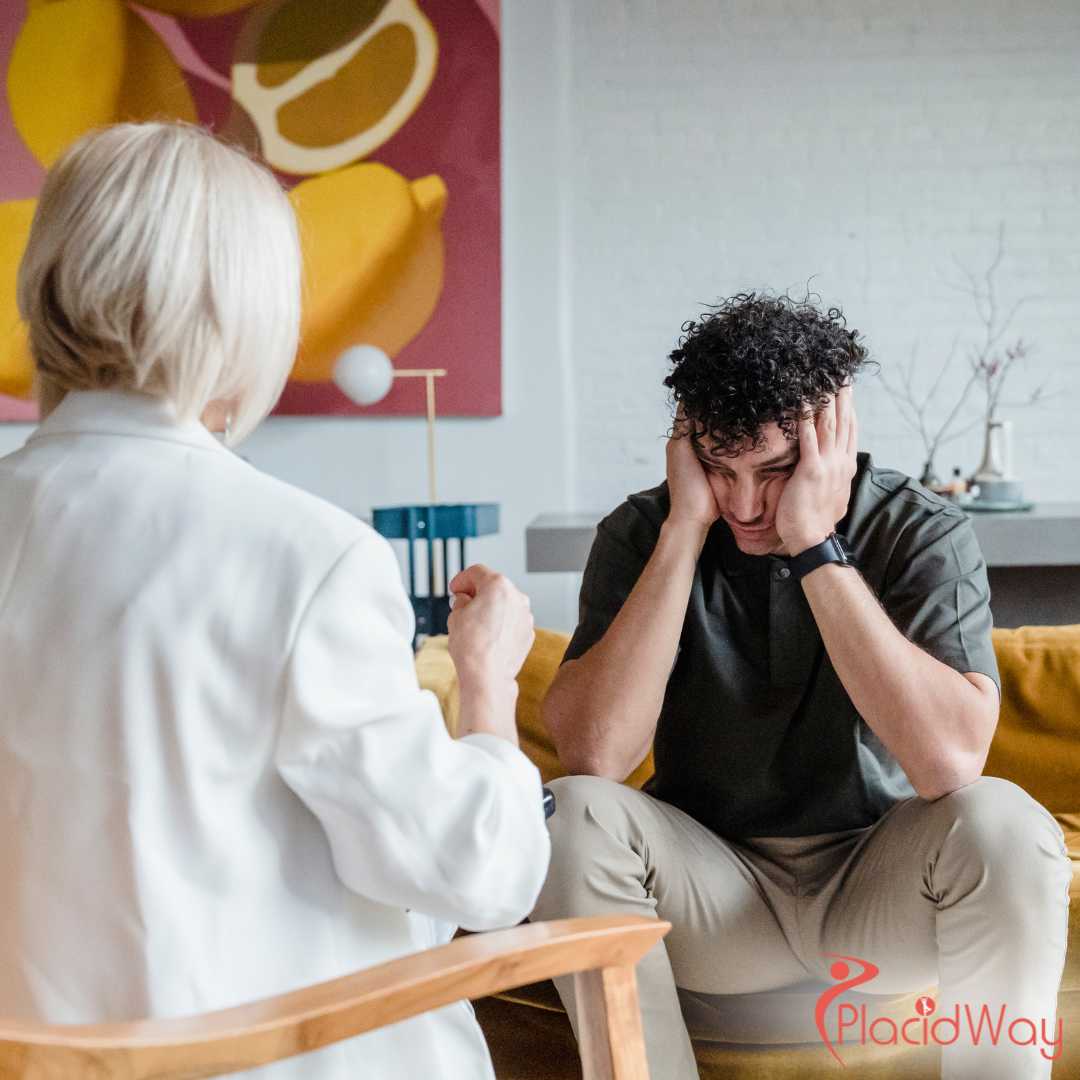


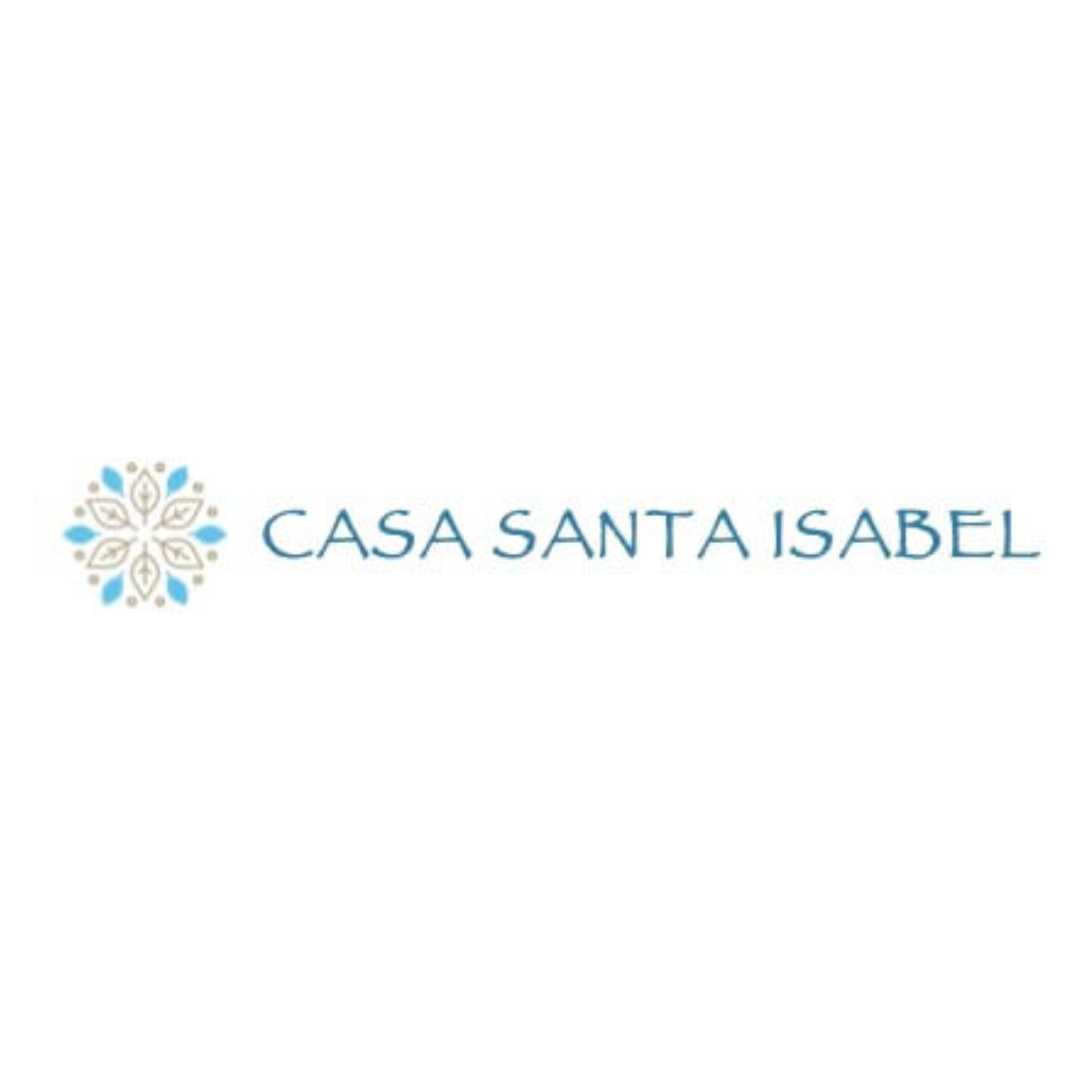
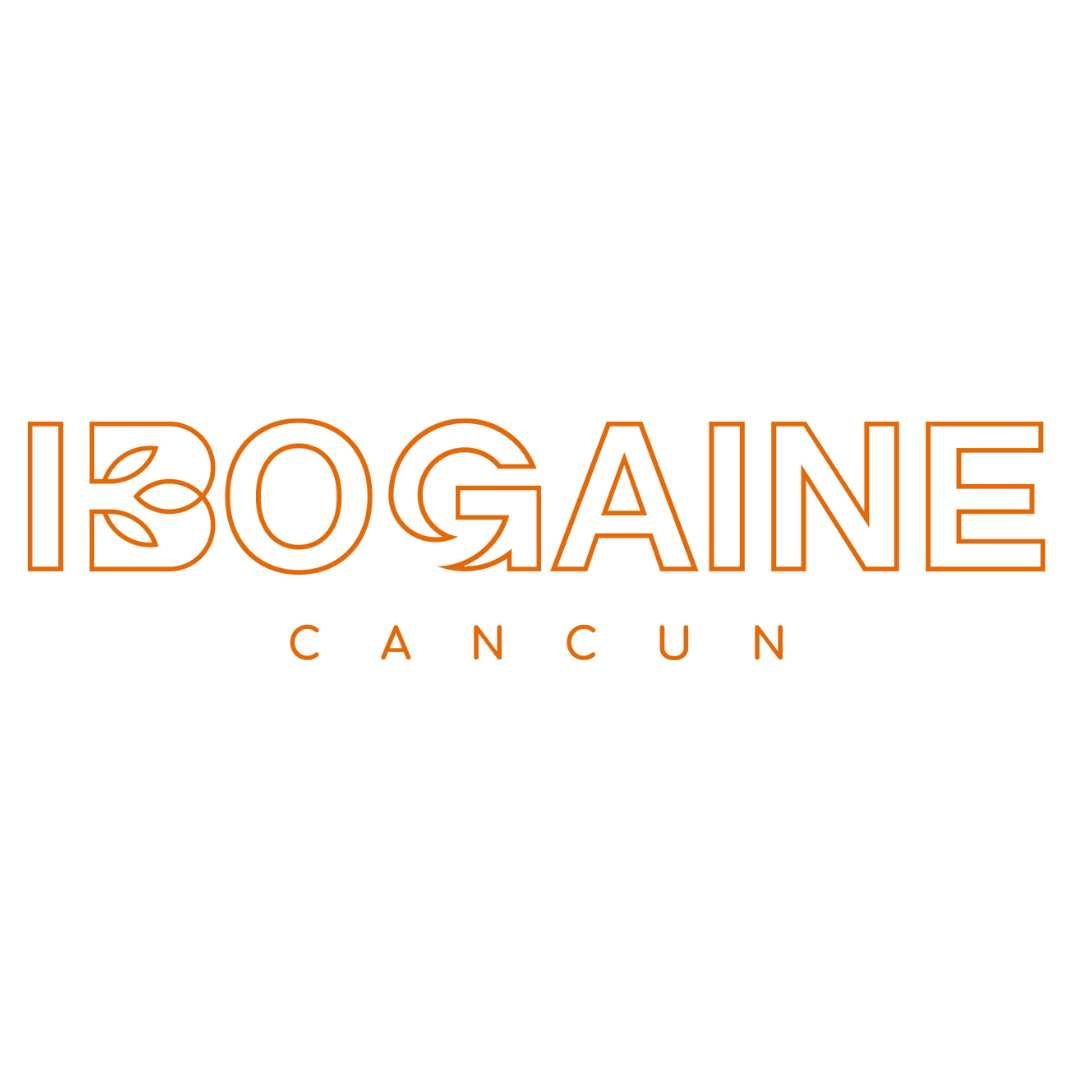
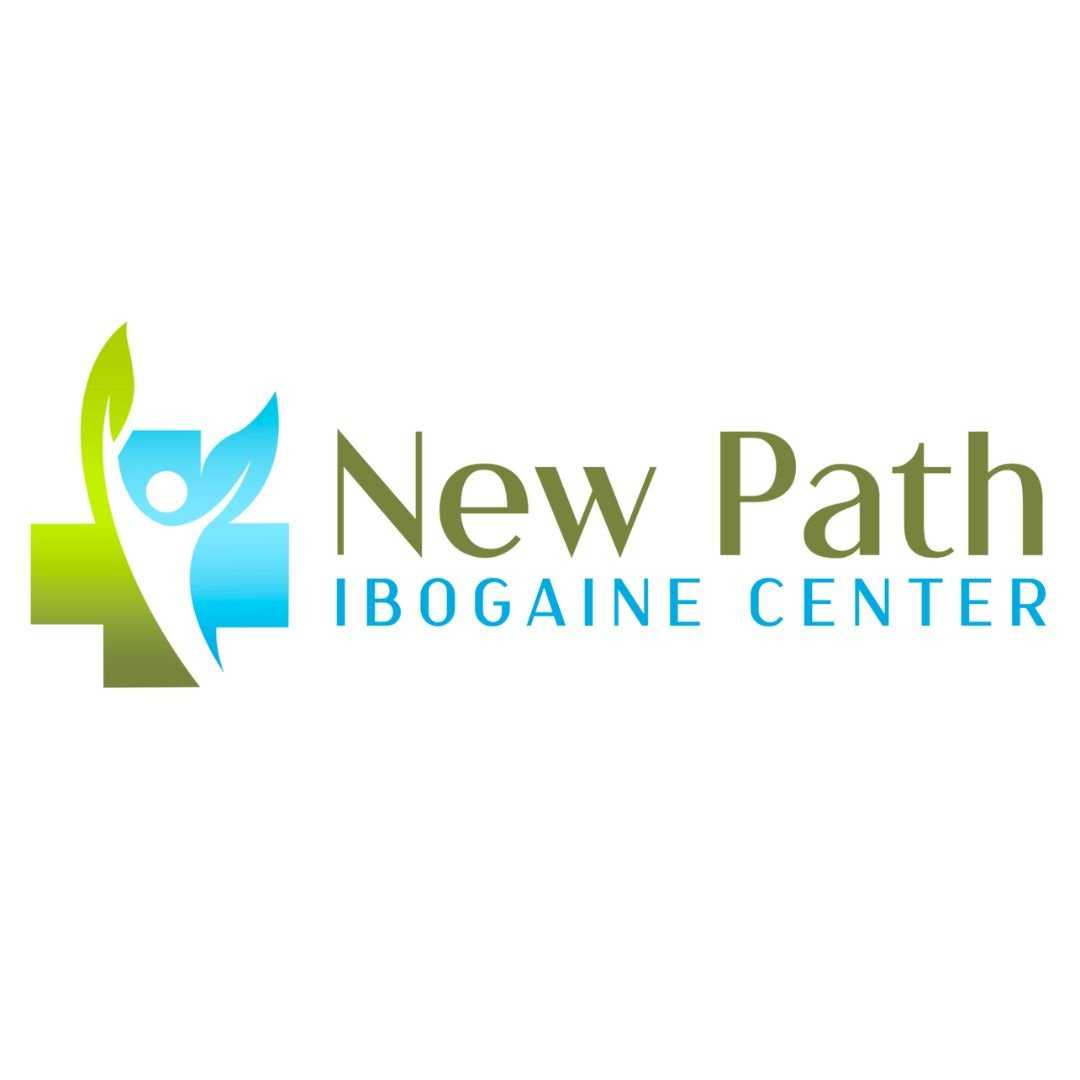

Share this listing